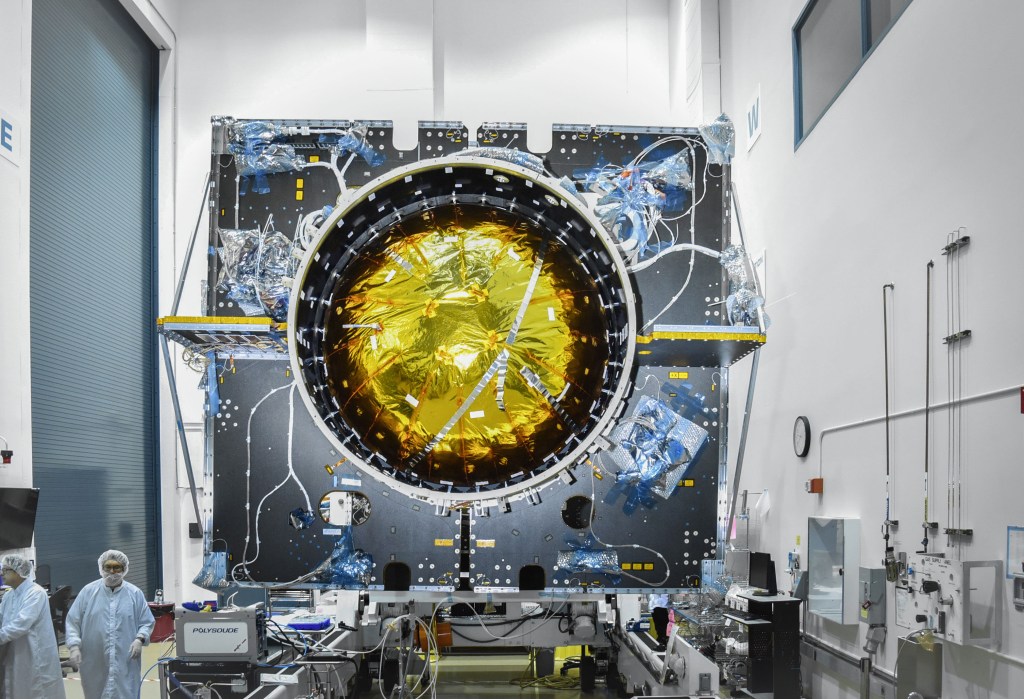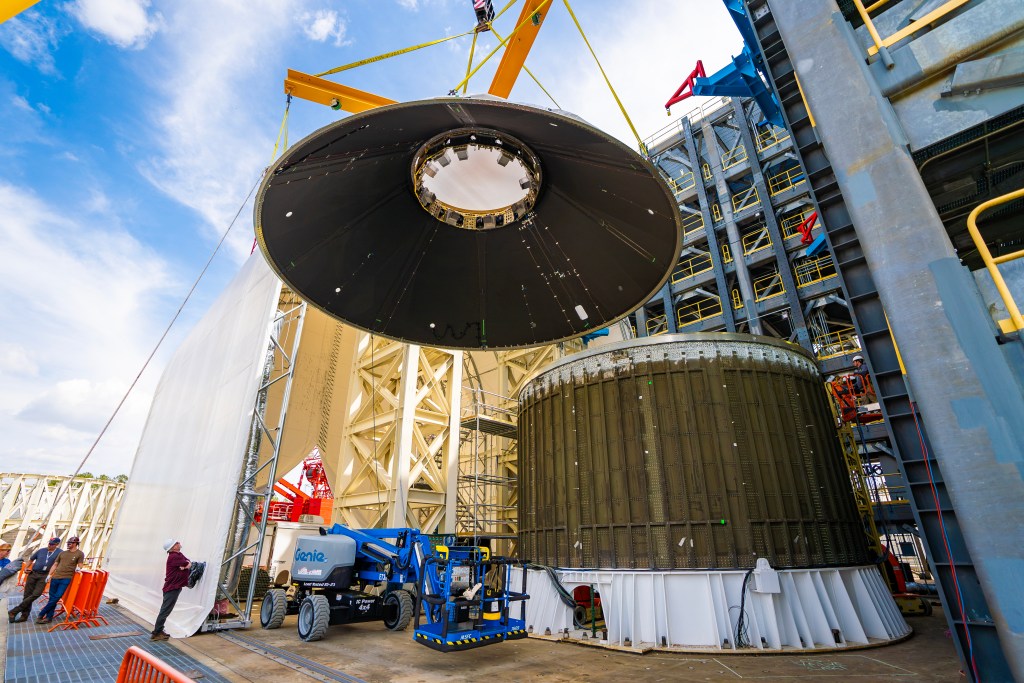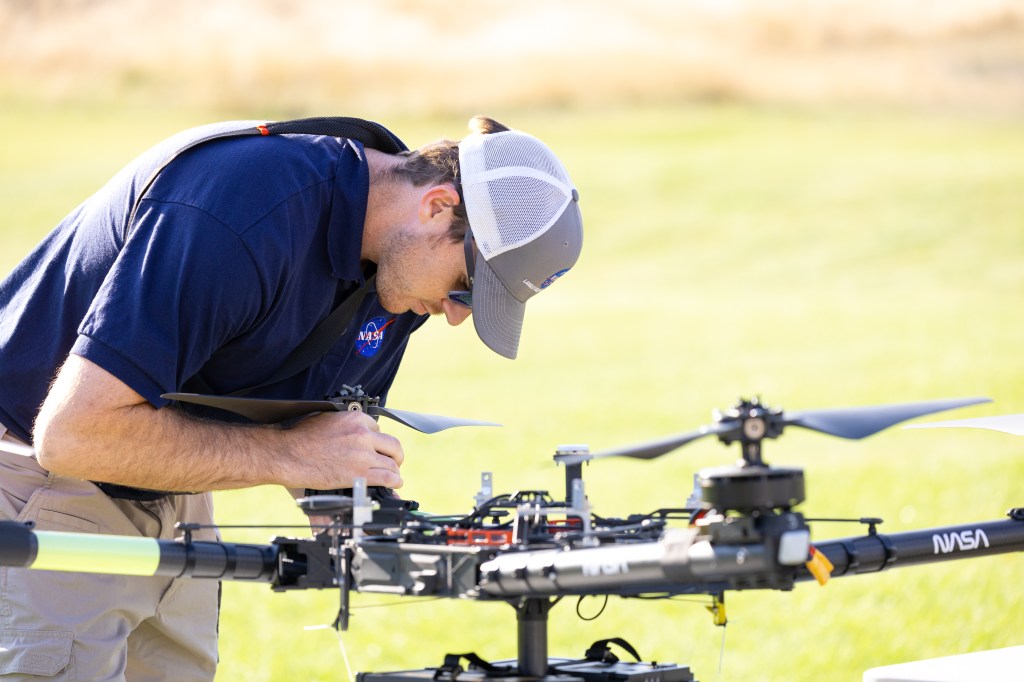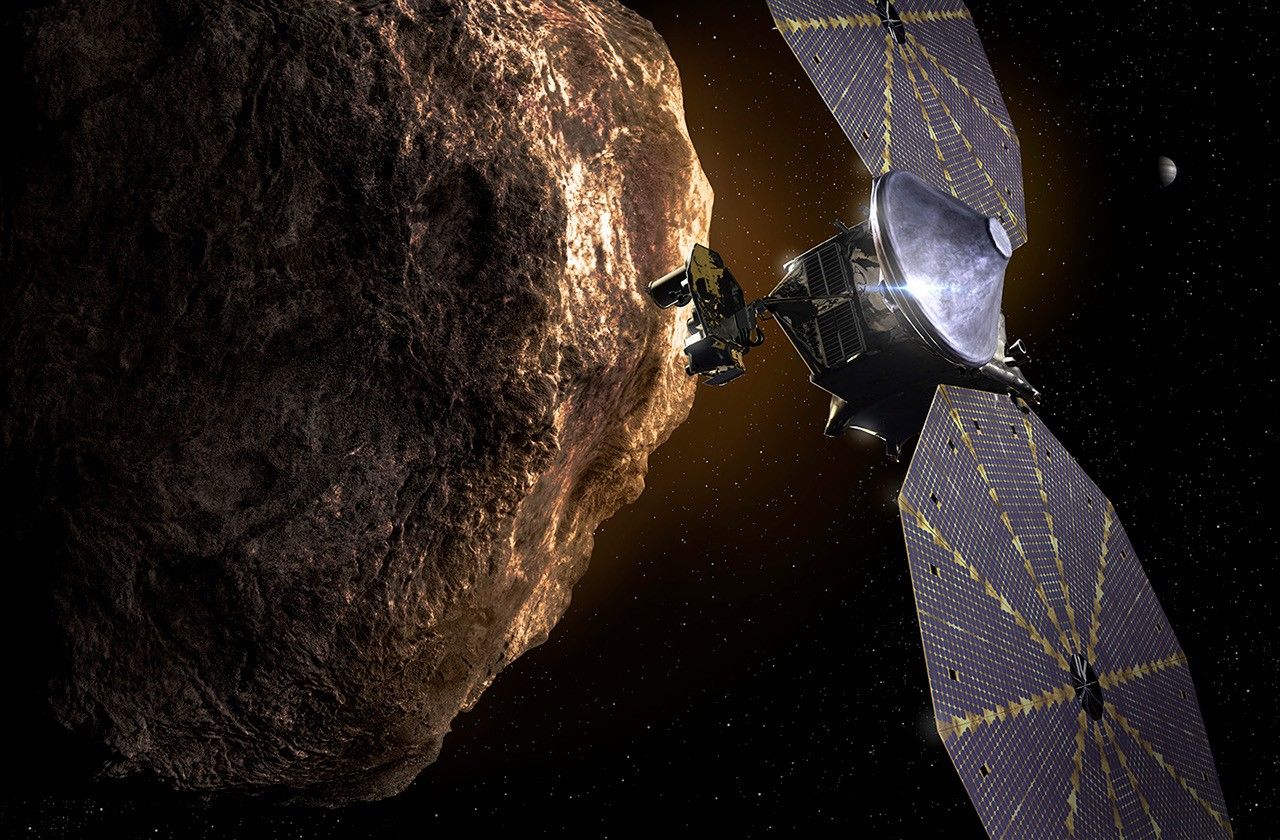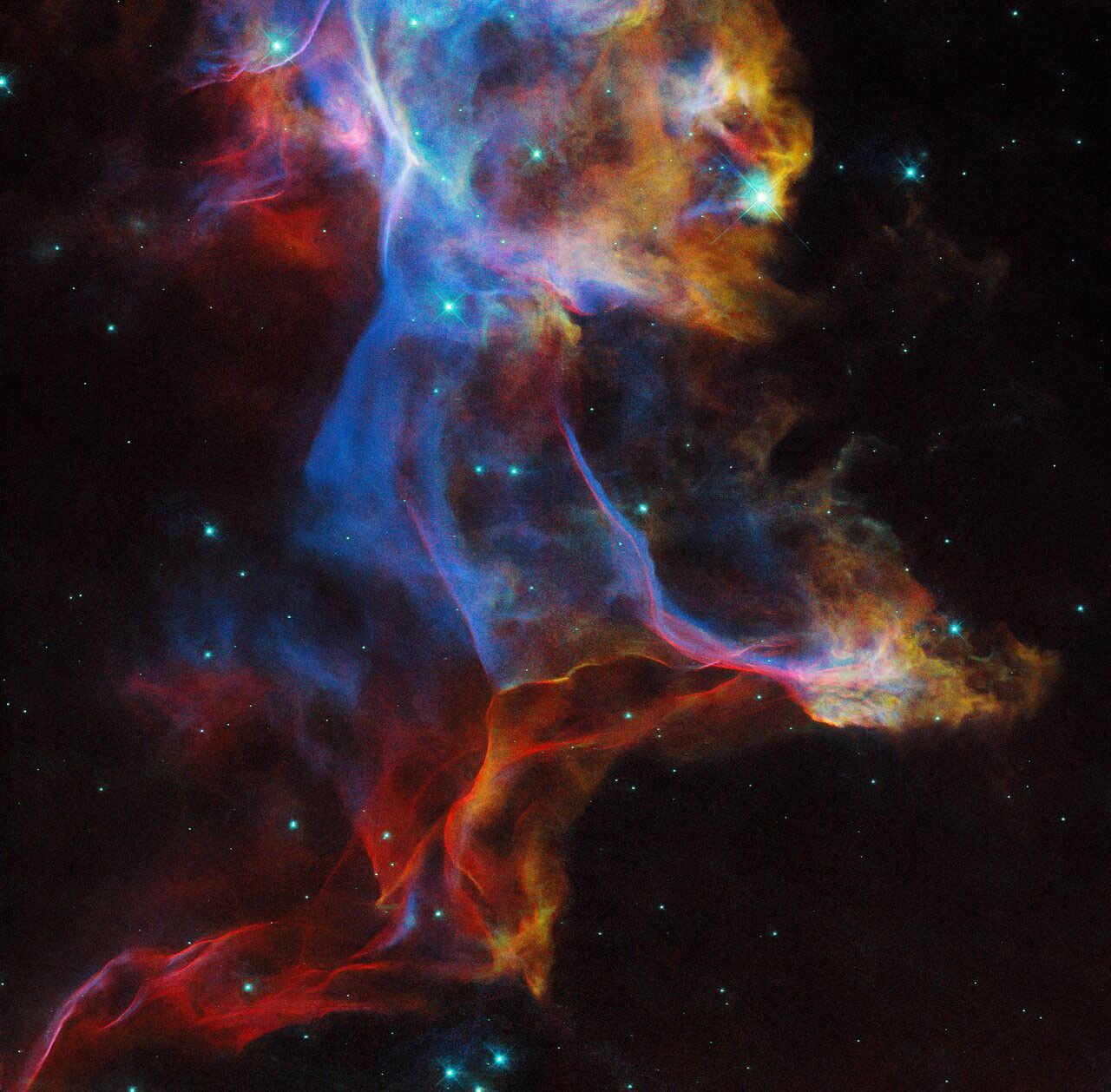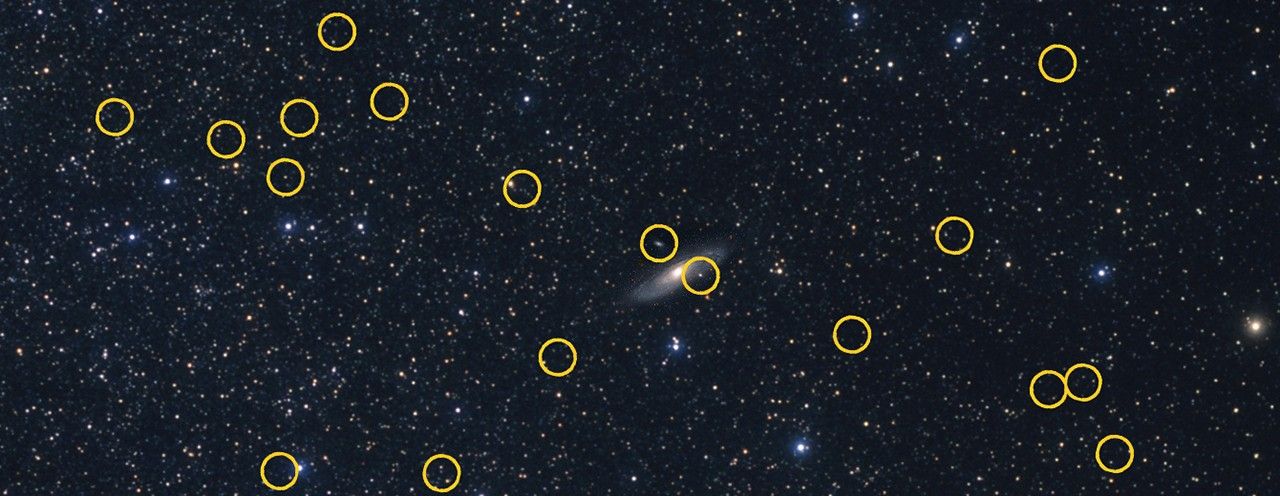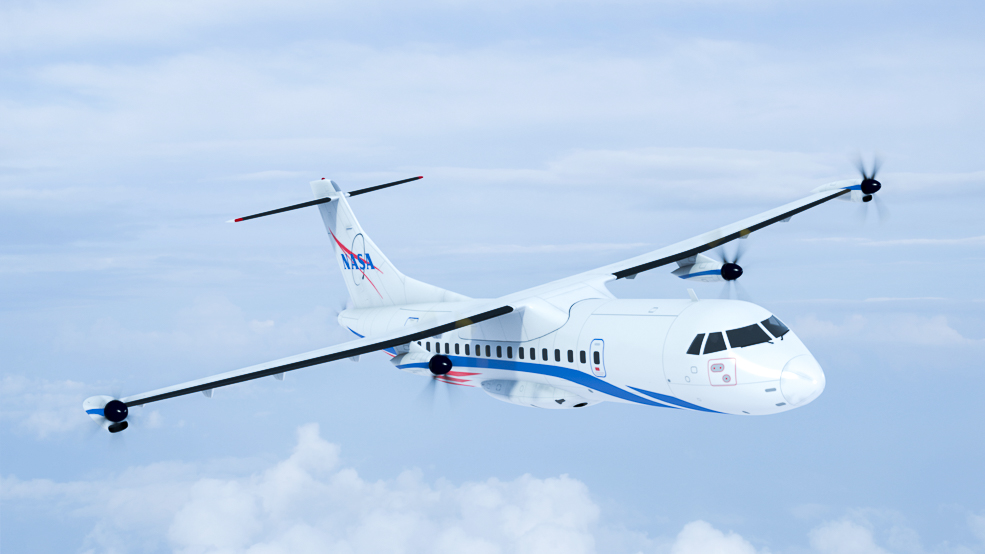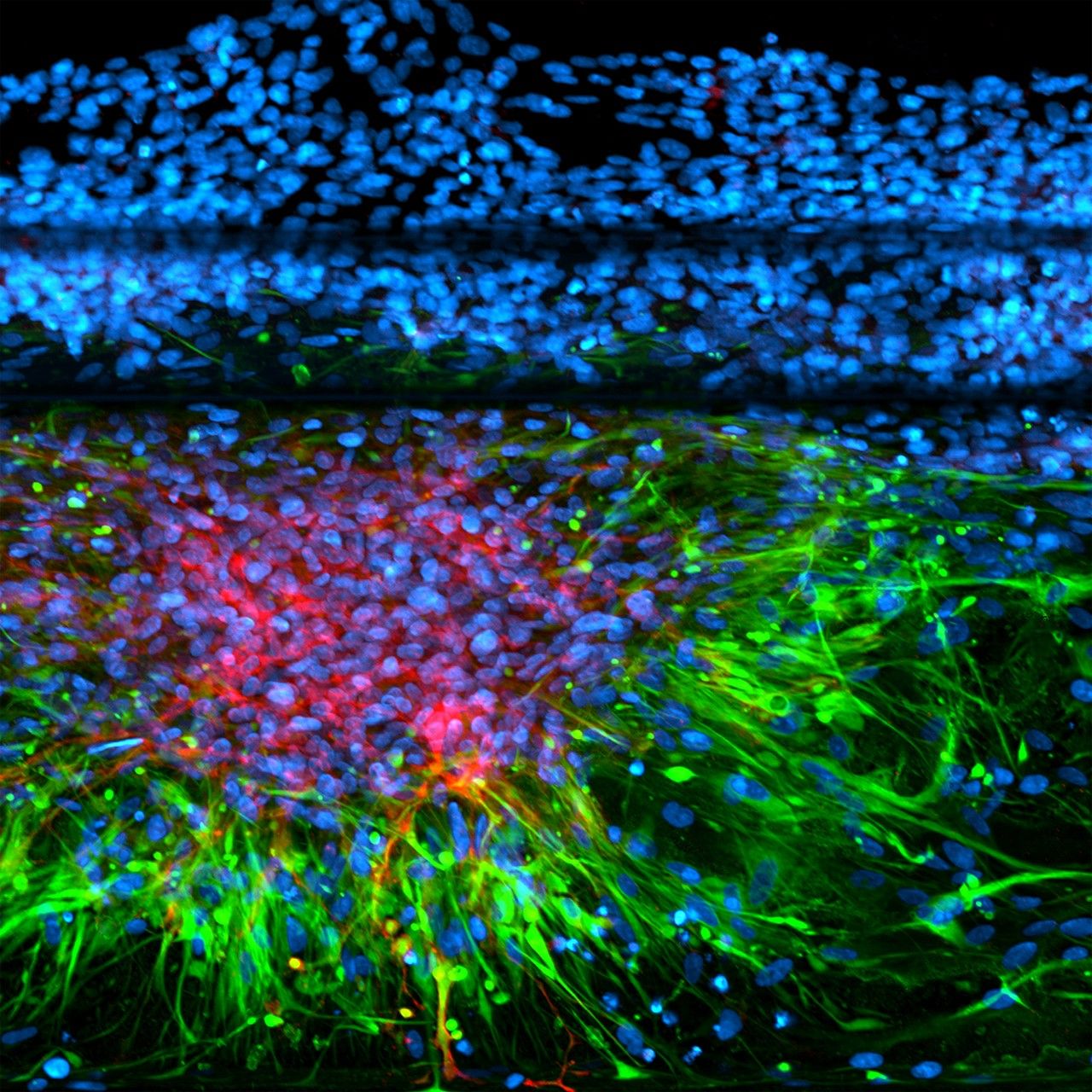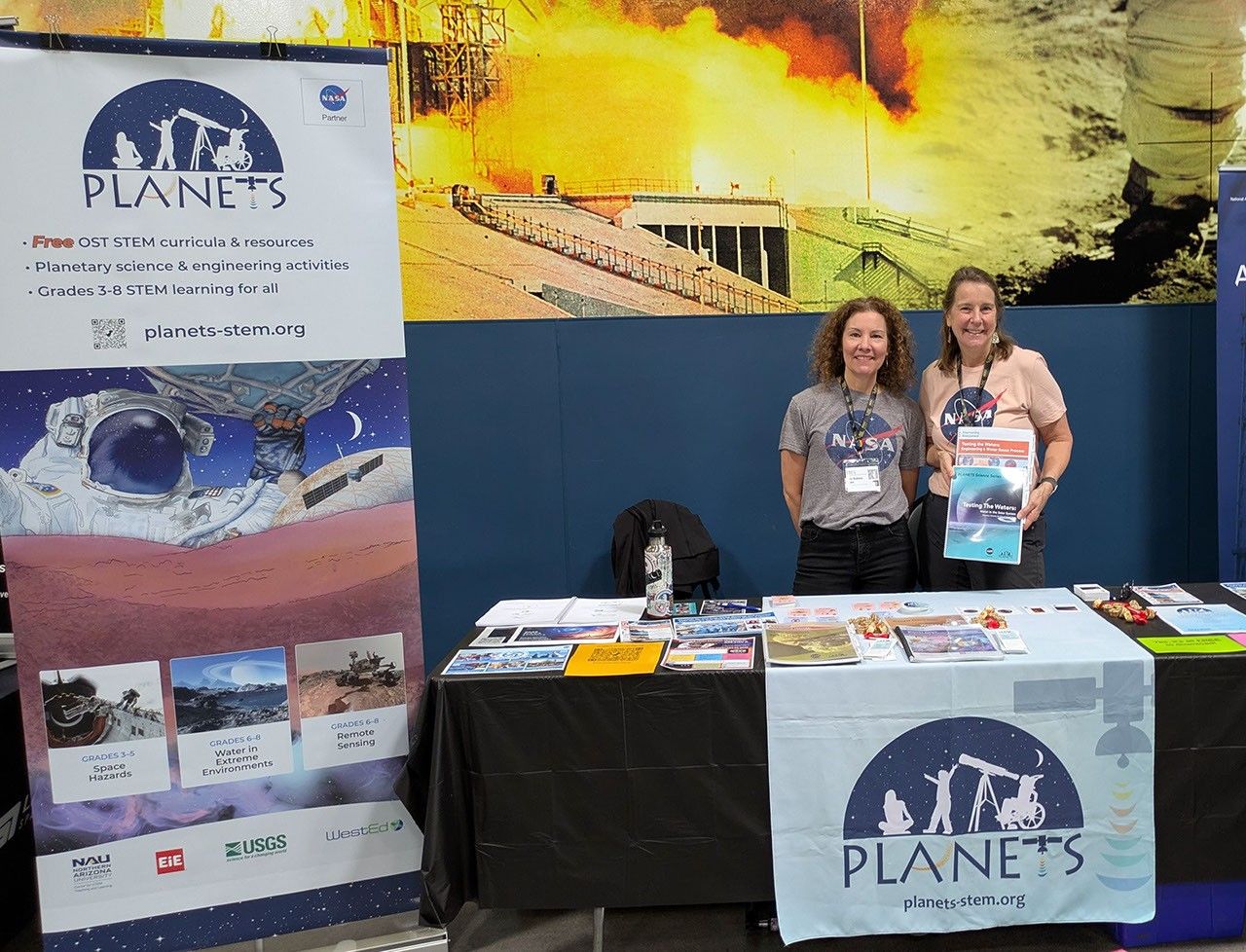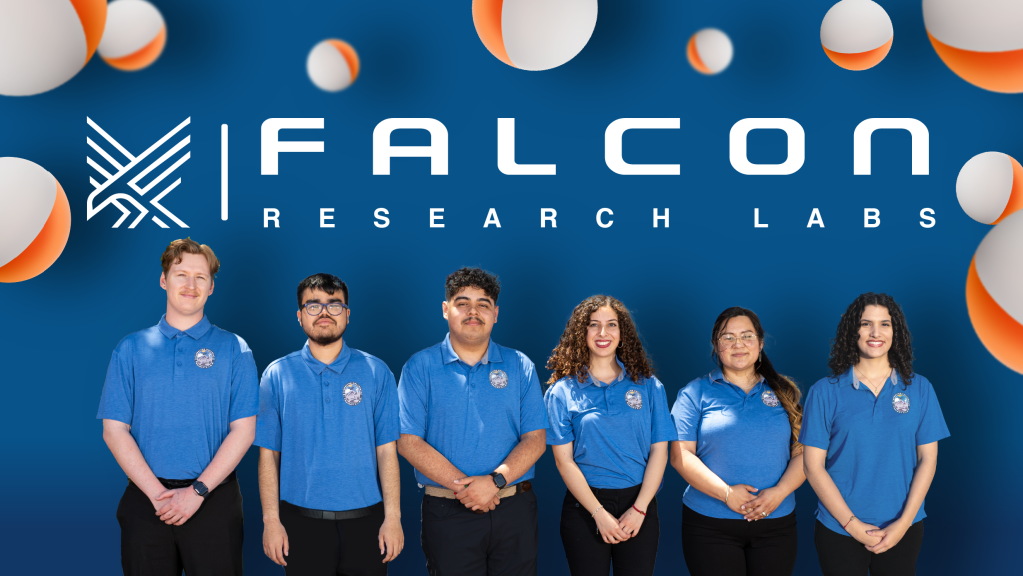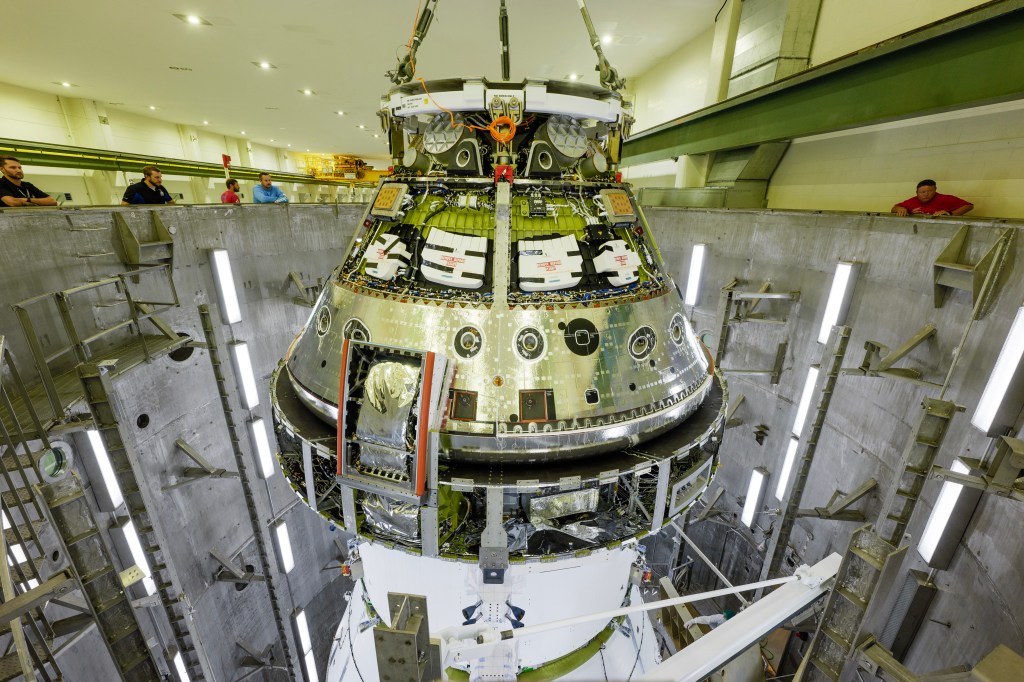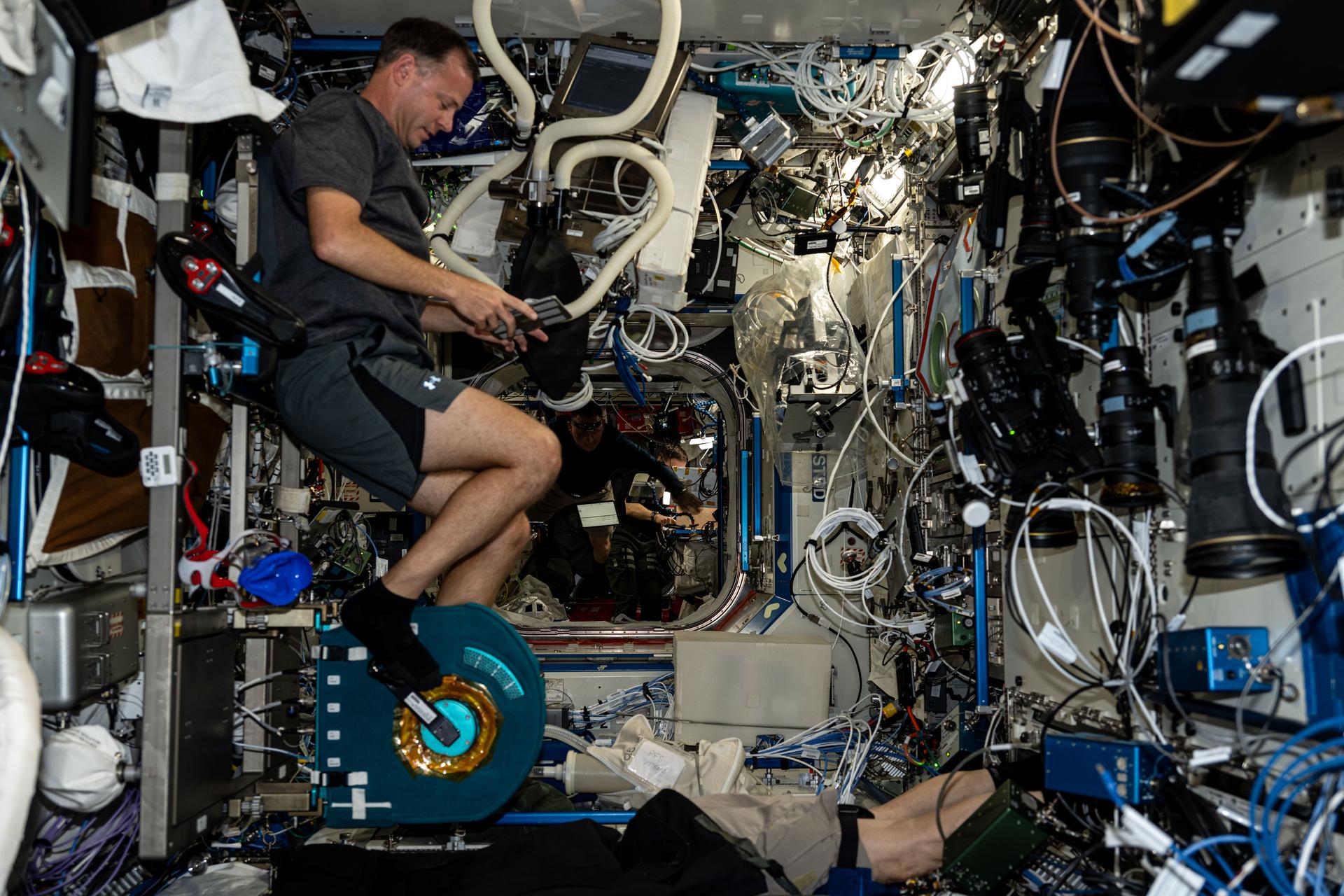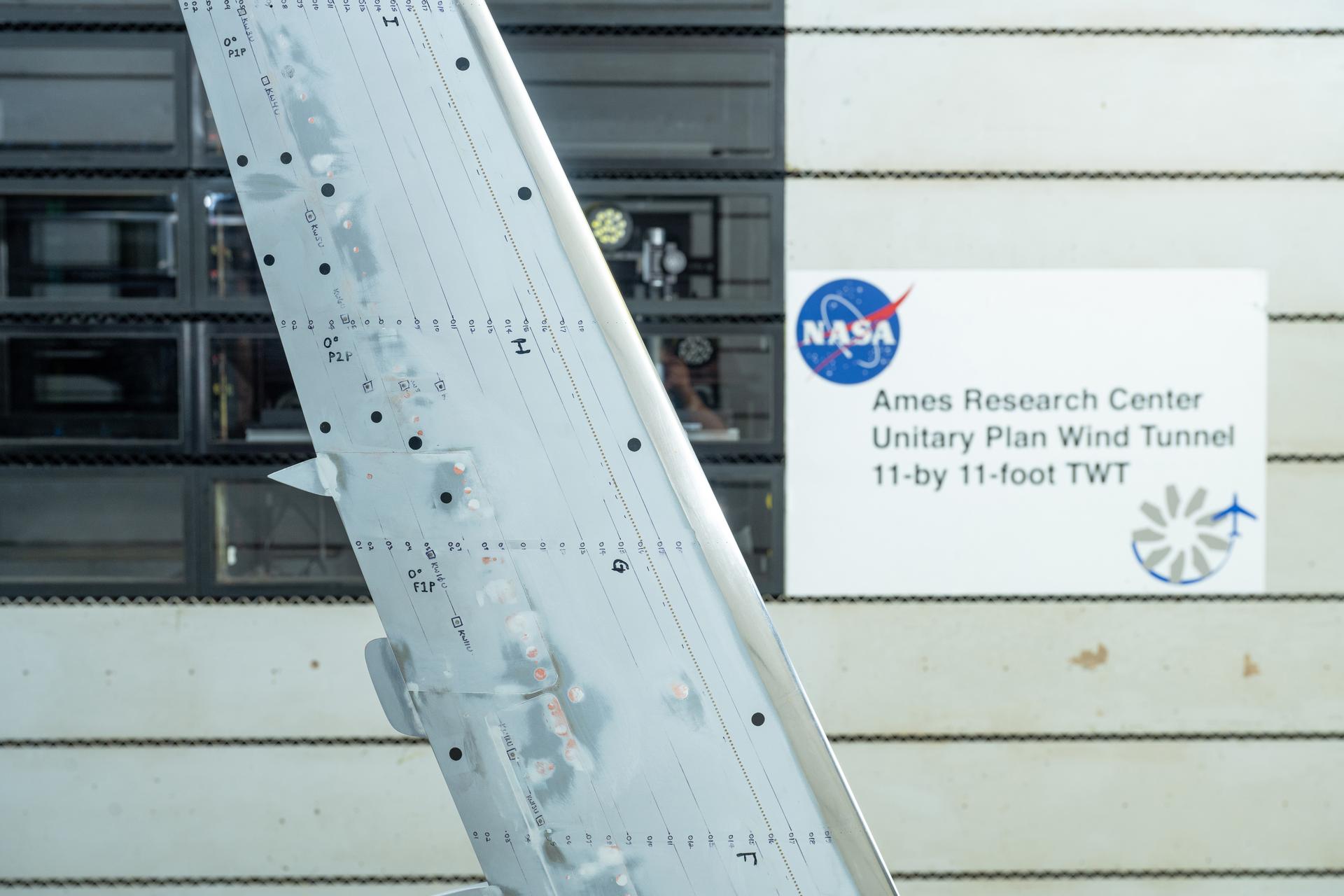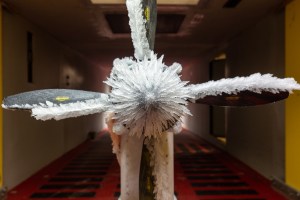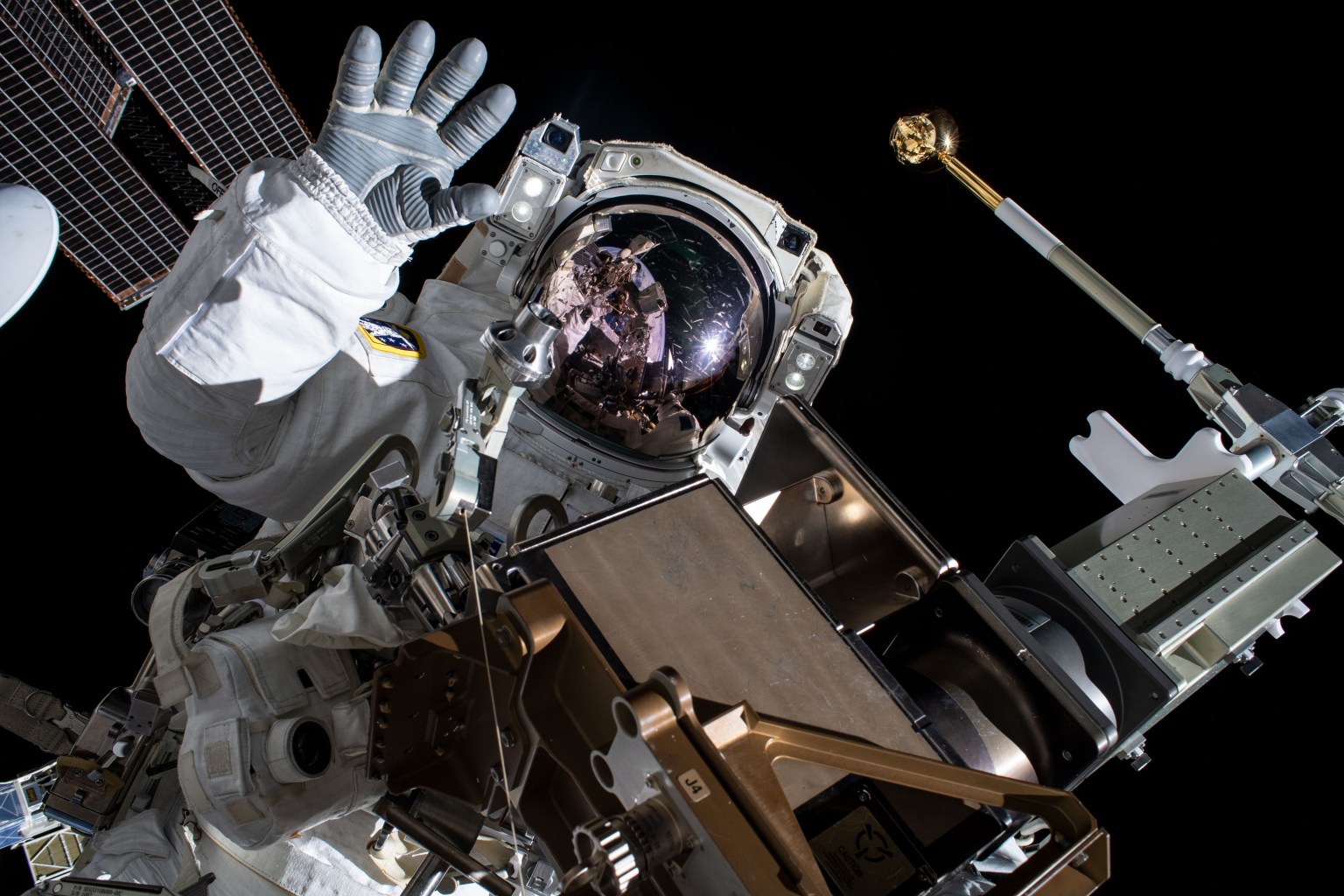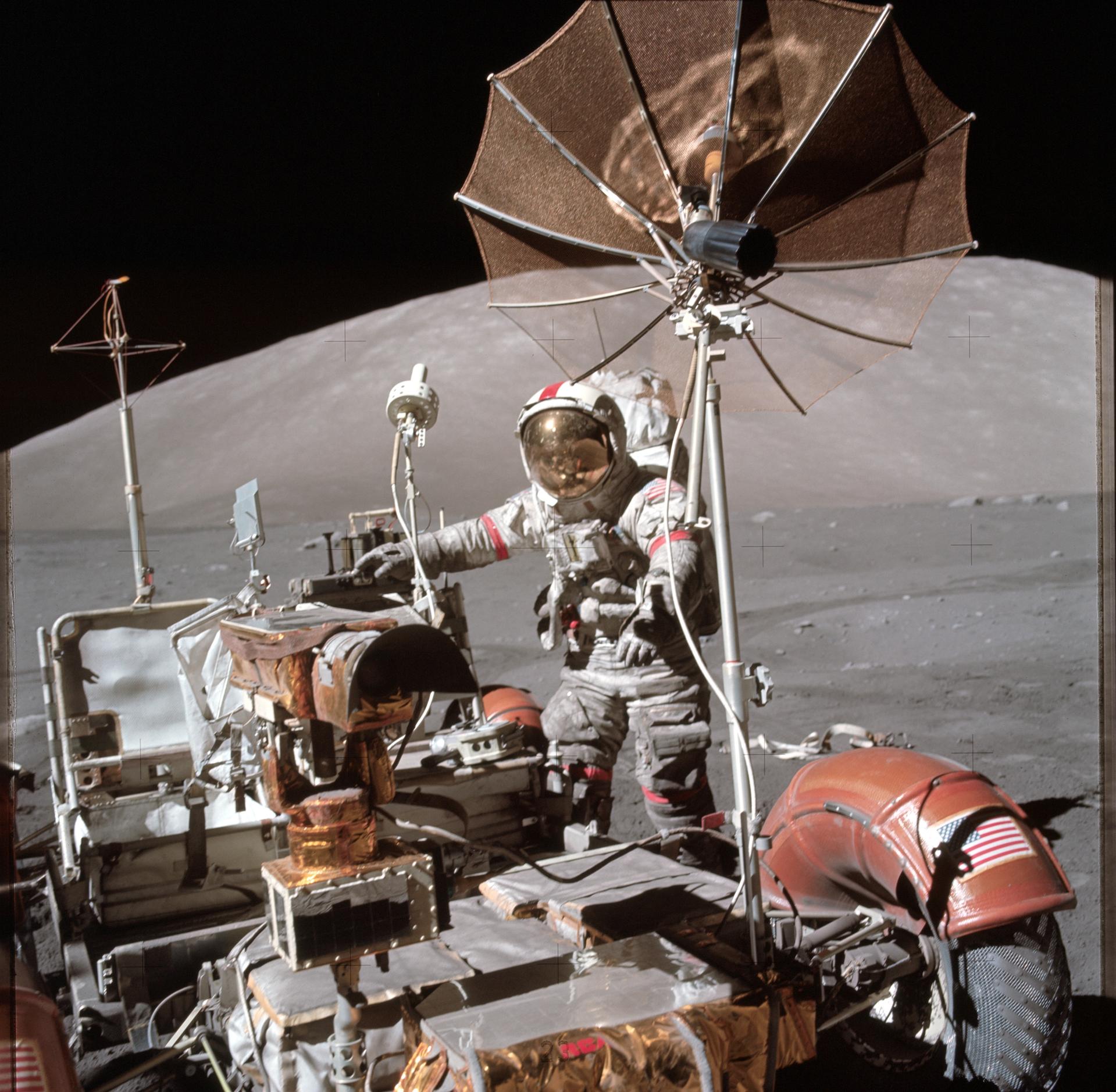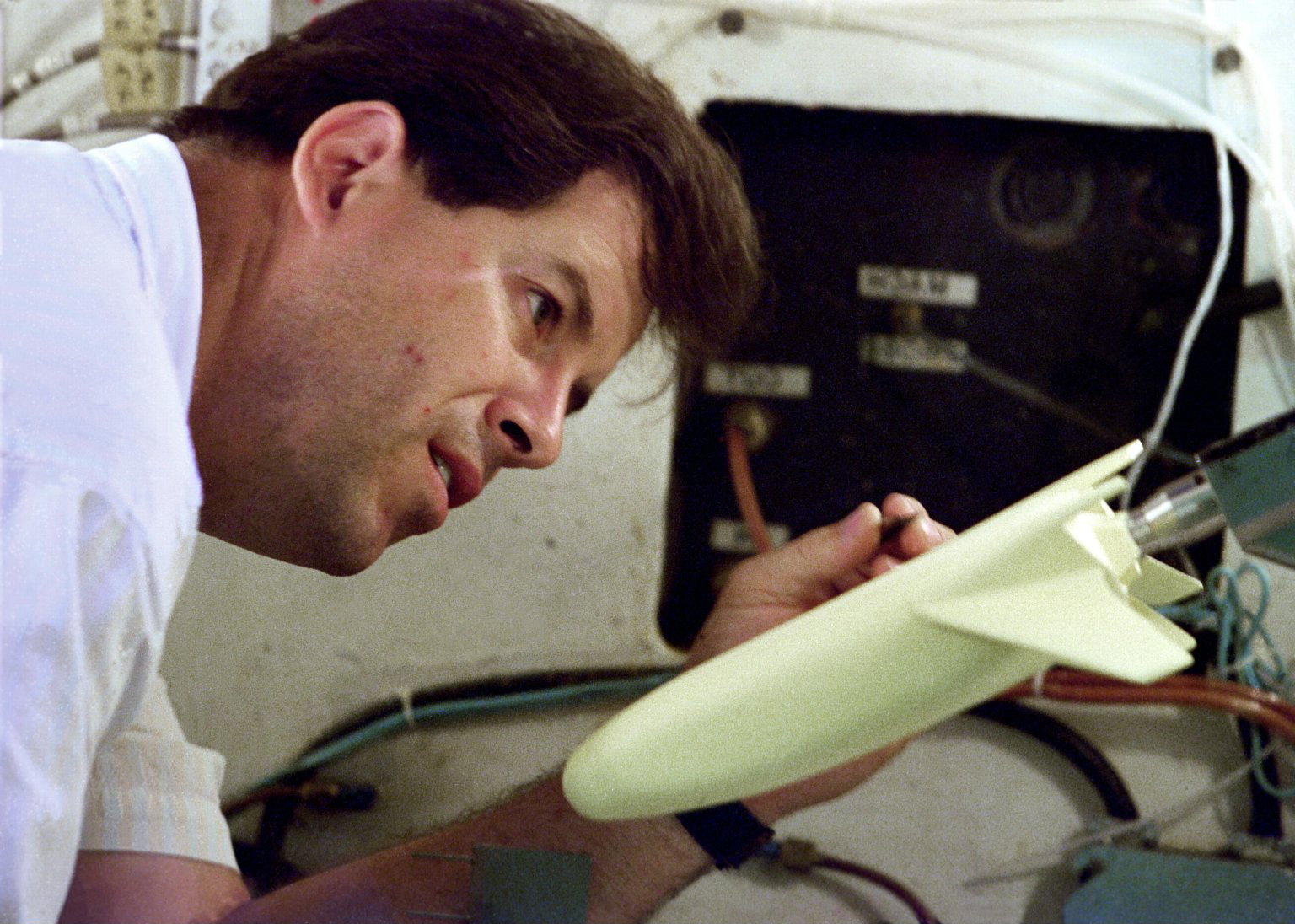
Thomas Horvath of Langley’s Aerothermodynamics Branch examines the surface of a model of the X-33 prior to testing in the 20-Inch Mach 6 Air Wind Tunnel at NASA Langley Research Center. The tests, held during the month of September 1997, were conducted to determine aeroheating characteristics of the X-33. The X-33 vehicle will consist of a lifting body airframe with two cryogenic propellant tanks (liquid hydrogen, LH2, and liquid oxygen, LOX) placed within the aeroshell. The vehicle will have two linear aerospike main engines. The X-33 Design and Flight Demonstration Program key objectives are to reduce business and technical risks to privately finance development and operation of a next-generation space transportation system through ground and flight tests of a spaceplane technology demonstrator, ensure that the X-33 design and major components are usable and scaleable to a full-scale, single-stage-orbit reusable launch vehicle (RLV), demonstrate autonomous capability from takeoff to landing, and verify operability and performance in “real world” environments.
NASA
Home
Characteristics
Quick Facts
Data Acquisition
Gallery
Data Acquisition and Processing
Inputs: Analog/Digital
Dynamic Data Acquisition: No
Customer Computers: Yes
Classified Capability: Yes
Instrumentation
Strain Gauge Balances: 5 and 6-component
Available Corrections: Interactions, Temperature effects, Attitude tares, Axes orientation
Electronically Scanned Pressure (ESP) System: 512 channels
Langley Aerothermodynamics Laboratory Fact Sheet





